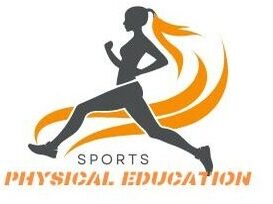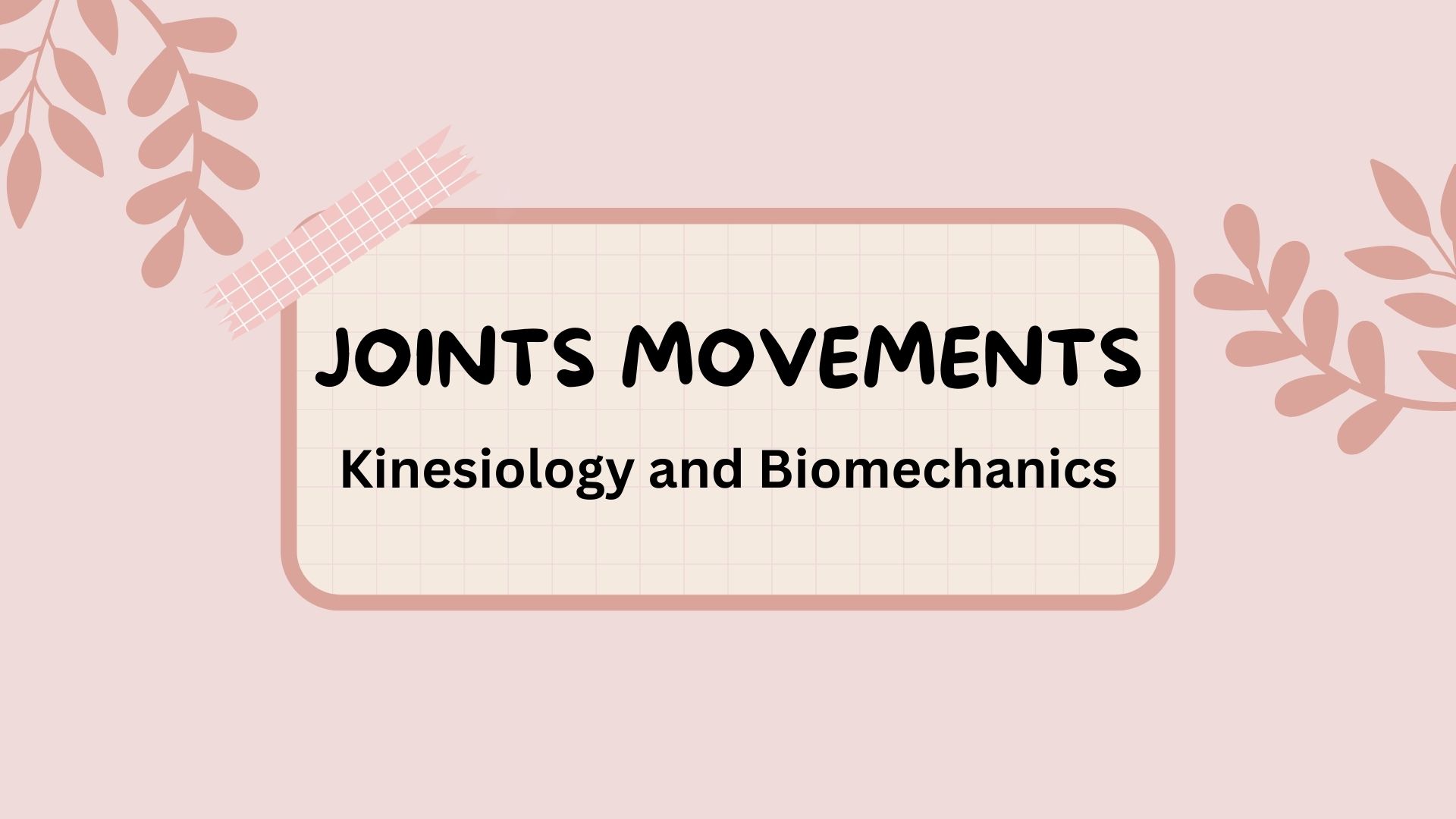Joints Movements:-
The human body is capable of a vast range of movements, each with specific terms to describe the direction and action involved. Understanding these terms is essential for anyone studying anatomy, physiology, or physical training. Let’s explore some key joints movements terms that describe various body movements.
Flexion
Flexion is the movement that occurs when the angle between two body parts decreases. For example, bending the elbow or knee results in flexion, bringing the forearm closer to the upper arm or the lower leg closer to the thigh.
Extension
Extension is the movement that increases the angle between two body parts. An example of extension is straightening a bent elbow or knee, moving the body part back to its neutral position.
Hyperextension
Hyperextension occurs when a body part is extended beyond its normal range of motion, specifically beyond 180 degrees. This can happen in joints like the neck or lower back and may lead to injury if done excessively.
Abduction
Abduction is the movement of a body part away from the center line of the body. A common example is raising the arms or legs sideways, moving them away from the midline.
Adduction
Adduction is the movement of a body part toward the center line of the body. This can be seen when lowering the arms back to the sides of the body after they have been raised.
Lateral Rotation
Lateral Rotation is a rotational movement away from the midline of the body. This can occur in joints like the shoulder and hip, where the limb moves outward.
Medial Rotation
Medial Rotation refers to the rotational movement toward the midline of the body. An example is when the arm is rotated inward at the shoulder joint.
Pronation
Pronation is the movement of rotating the wrist downward. This movement brings the palm of the hand to face downward or backward.
Supination
Supination is the opposite of pronation. It is the type of outward rotation where the palm of the hand faces upward.
Inversion
Inversion is when the sole of the foot is turned inward. This movement helps in stabilizing the ankle and foot.
Eversion
Eversion is the opposite of inversion. It involves turning the sole of the foot outward, away from the midline of the body.
Circumduction
Circumduction is the combination of movements including flexion, extension, abduction, and adduction. This movement creates a circular motion and can be seen in the shoulder and hip joints.
Dorsiflexion
Dorsiflexion occurs when the toes of the foot move closer to the shin. This is the opposite of plantar flexion.
Plantar Flexion
Plantar Flexion is when the toes move away from the shin. This action is often seen when standing on tiptoes.
Elevation
Elevation is the movement of a body part in an upward direction. For example, shrugging the shoulders raises them toward the ears.
Depression
Depression is the movement of a body part in a downward direction. Lowering the shoulders after a shrug is an example of depression.
Opposition
Opposition is a movement that includes grasping with the thumb and fingers. This movement is essential for grasping objects.
Protraction
Protraction occurs when the movement of a body part is forward. An example would be reaching the shoulders forward when pushing something away.
Retraction
Retraction is the opposite of protraction. It involves moving a body part backward, such as pulling the shoulders back.
Lateral Flexion
Lateral Flexion is the movement that occurs when the body bends sideways at the waist. This is commonly seen in side-bending stretches.
Internal and External Rotation
Internal Rotation refers to the rotational movement of a limb toward the midline of the body, while External Rotation involves rotating the limb away from the midline. Both movements are crucial for activities like throwing or swinging.
Conclusion
Understanding joints movements terms is essential for grasping how the body functions and moves. Each term provides insight into the complex mechanics of our musculoskeletal system, which is fundamental for physical training, rehabilitation, and overall body awareness.
Play our Joints Movements Quiz here to test your knowledge of the body movements.
Also check our Anatomy Playlist on this website or on YouTube.

